Eighty-five years ago, on December 12 1938, seven Dundonians returned to Dundee West Station after fighting in the Spanish Civil War.
Brigaders William Adam, Peter Cassidy, James Chalmers, Charles McLean, Arthur Nicoll, George Phillips (with arm in sling due to a shrapnel wound) and Michael Sullivan were met by an enthusiastic crowd of many hundreds.
A celebratory procession to City Square was led by piper William Boath and went via Union Street, Nethergate, Tay Street and Overgate, with a rally presided over by George Stalker.
A report in The Courier the following day stated that Alexander Edwards, Alex McLanders and Francis Webster had returned from London a few days earlier on December 9 – Webster due to the sudden death of one of his children and the others presumably accompanying him.
They were among over 60 Dundonians who had volunteered to go and fight for the democratically elected government of Spain against a military coup by Spanish generals in July 1936, which was supported by Hitler and Mussolini.
Of the 2,500 volunteers from the UK and Ireland who went to fight fascism in Spain, 123 of the 500 Scots volunteers were killed, including 19 who were either born in, or enlisted from, Dundee.
But what inspired these Dundonians to leave their own homes and families to fight alongside a people they knew little about?
Why did the British government not support the brigaders’ fight against fascism at a time when Nazi Germany was on the rise and the Second World War was looming?
Why did Dundee men volunteer to fight in the Spanish Civil War?
As commemorations are held to mark the 85th anniversary of the last brigaders returning home, Mike Arnott, secretary of Dundee Trades Union Council, explained how it “all kicked off” in Spain in July 1936.
A military coup against the democratically elected government was largely supported by Spain’s capitalist class, the business community, the political right and the Catholic Church.
In response, one of the ideas that developed in September 1936 was for international brigades of people from other countries to fight in solidarity alongside the republican government.
The earliest known politically-motivated “working class” brigaders from Dundee fought in December 1936, with the biggest influx arriving in the months that followed.
Five Dundonians were killed amid “bloodthirsty” fighting at the Battle of Jarama in February 1937. For most, it was the first time they had seen action.
The last Dundonians went over in April 1938 “by which time the writing really was on the wall” for the brigaders’ cause.
Mike explained how after fighting for two years, the international brigades were withdrawn from the front line on September 21 1938 by Spain’s elected government.
It was a desperate final gamble to gain assistance from the governments of Britain and France, the ‘democracies’ who had failed to support the elected Spanish government from day one, preferring their own policy of ‘non-intervention’ and appeasing German and Italian fascism.
That October in Barcelona, the brigaders made their final parade and Spanish Communist leader La Pasionaria addressed them, ending her speech with this promise: “You can go with pride. You are history. You are legend.
“You are the heroic example of the solidarity and the universality of democracy… We will not forget you and, when the olive tree of peace puts forth its leaves, entwined with the laurels of the Spanish Republic’s victory, come back!”
This pledge was not forgotten.
In 2009, the government of Spain announced that all the remaining survivors of the international brigades would be granted honorary Spanish citizenship.
The offer was extended to the descendants of veterans in recent historical memory legislation.
However, after defying the British government’s appeasement of fascism, many of the survivors were treated with “suspicion” when they returned home to Britain in 1938.
A number were even refused the right to fight against Nazi Germany after the outbreak of the Second World War.
Why were some anti-fascist brigaders not allowed to fight the Nazis of Germany?
“Some had enlisted and then were thrown out if caught talking about Spain experiences,” said Mike.
“There was at least one occasion where someone went for a medical and somebody said ‘that looks like a bullet hole, where did you get that?’.
“There was a major campaign at parliament that these people should be allowed to fight because they’d already shown the fact they were willing to go out and fight effectively against Hitler and Mussolini, even though it was in Spain they were fighting.
“There were obviously a number of them who because of their political involvement – a lot of them were of the ‘left’ or Communist Party – so special branch kept a very close eye on them.
“But in America the returning brigaders had a much harder time with political persecution and black listing.
“Over there they were called ‘premature anti-fascists’ which is a very interesting description!”
Are any of the Spanish Civil War brigaders from Dundee or elsewhere still alive?
None of the 2,500 who left to fight with the British battalion in Spain between 1936 and 1938 is now alive.
Over 500 rest in Spanish soil.
Tom Clark, from whom Mike Arnott took over his role as minute secretary at Dundee Trades Council in the early 1980s, was the last of the Dundee brigaders to die in 2001.
But to many, they remain an inspiration.
They instinctively felt that what they did was the right thing to do.
In the words of the poet C. Day Lewis: “They went because their open eyes could see no other way”.
Dundee’s memorial to those who fell in Spain lies in the gardens of Albert Square by Burns’ statue.
A commemoration is held there every year on the nearest Saturday to February 12, the anniversary of the British battalion’s first day in action, at the Battle of Jarama in 1937.
The Dundonians who died in Spain were John Alexander, Duncan Boland, James Cockburn, Matthew Cox, Allan Craig, Andrew Finnan, Richard Henderson, Frank McCabe, John McEwan, William McGuire, James McHugh, John McLanders, John Mudie, James Murray, John Ness, David Samson, Malcolm Smith, Alexander Kenneth Stalker and John Tadden.
Mike said after all these years, there are two reasons why they should be remembered.
“We should recognise their contribution as part of our history, as part of a generation that did incredible things,” he said.
“These were folk who volunteered to go and fight in a country of which they knew very little, but they just knew they had to go there.
“This was a generation who’d seen Mussolini become the power in Italy in ‘22 and seen Hitler become chancellor of Germany in ‘33.
“There were other right wing oppressive governments – Hungary comes to mind.
“So the spread of fascism was a real danger they were aware of.
“One of the young Dundonians who was killed in Spain said to his mother as he left, ‘if I don’t go and fight fascism I’ll just have to stay and fight it here’, so in a way they knew what was coming.
“They knew they were striking an early blow in a battle which was likely to get much worse and that’s effectively what happened. Sadly they didn’t win the battle.
“But the other thing they went to fight was organised fascism.
“We still see organised fascism on our streets today.
“The events down at the cenotaph the other week, and in Ireland, in Dublin – we’ve seen the far right groups organising around refugee hotels in Erskine and Elgin in Scotland in recent months.
“The danger of fascism is always there.
“The fact they were alert to it and took action against it is still a lesson.
“When we have times of austerity, the fascists will come out of the woodwork and try and divide us and point at migrants and point at people of a different colour, or a different religion, and say ‘these are the problem people trying to divide us against each other’.
“The fact that they went and did what they did, but also the fact that the need to keep vigilance when faced with fascism hasn’t really left us over the years – that’s why it remains so relevant.”
What’s happening to commemorate 85th anniversary of last brigaders’ return?
At 11am on December 12 at the steps of the Caird Hall in City Square, Dundee, a commemoration will be held to mark the 85th anniversary of the brigaders’ return and to remember their fight against fascism.
After the reading of La Pasionaria’s speech which was given to the brigaders on final parade in Barcelona in October 1938, a restored film, which premiered in London on December 7 of their arrival at Victoria station in London and Newhaven, will be screened at DCA. Free tickets are available through EventBrite.
Meanwhile, linked commemorations are taking place in Kirkcaldy in the KUSI Club at 11am on Saturday December 9, organised by Fife Trades Union Council.
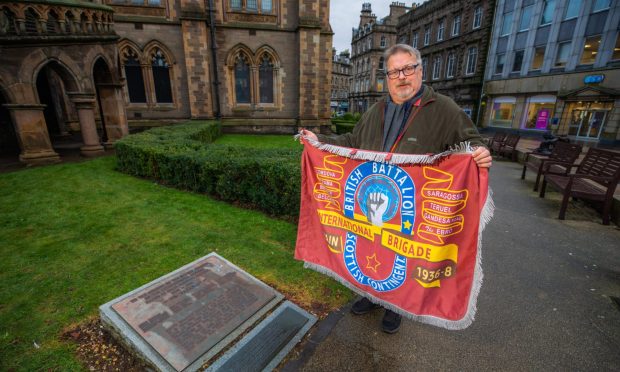
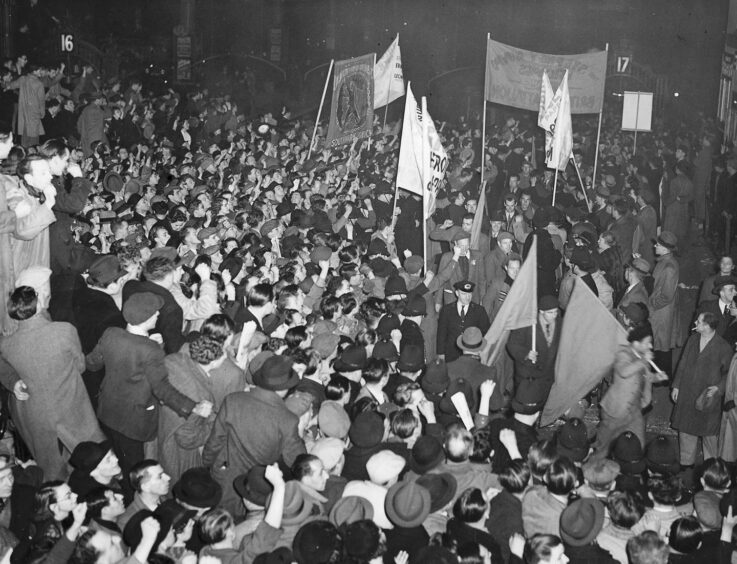
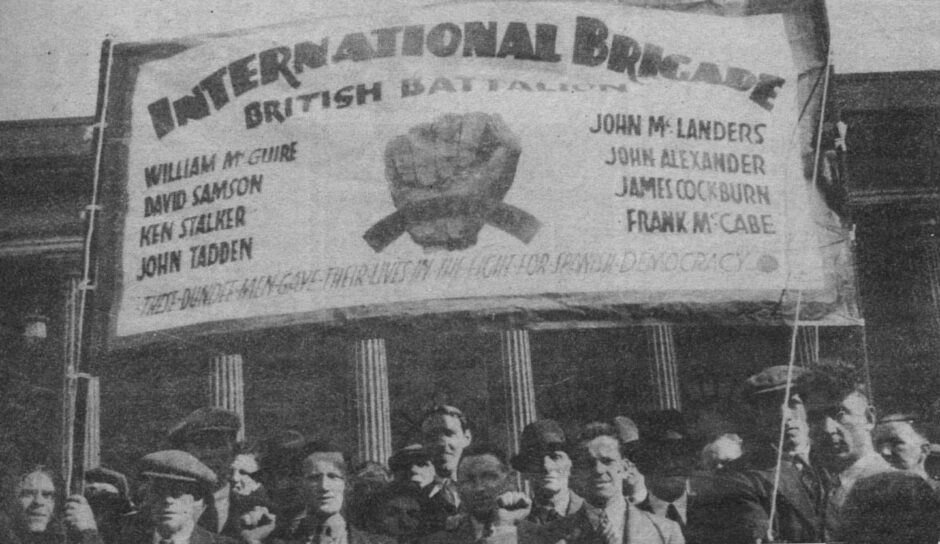
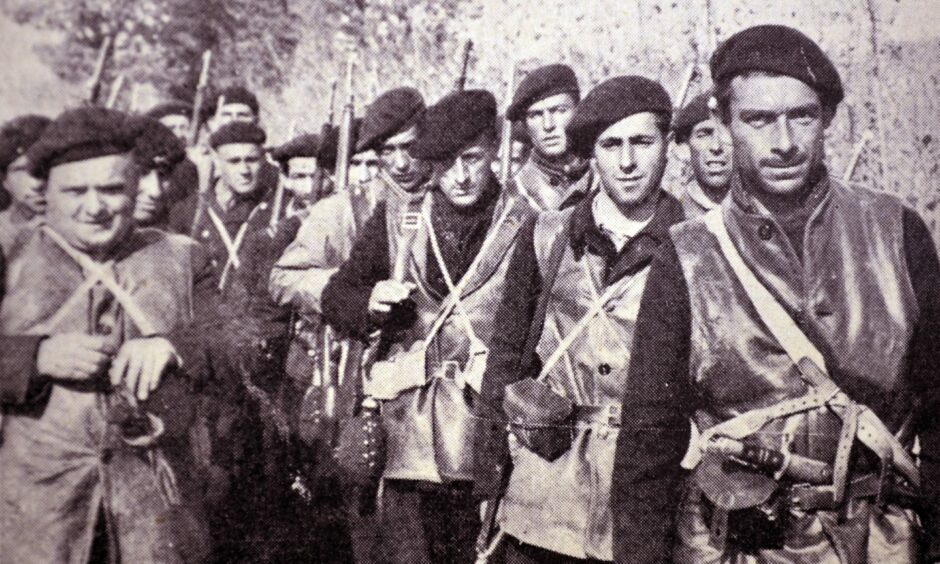
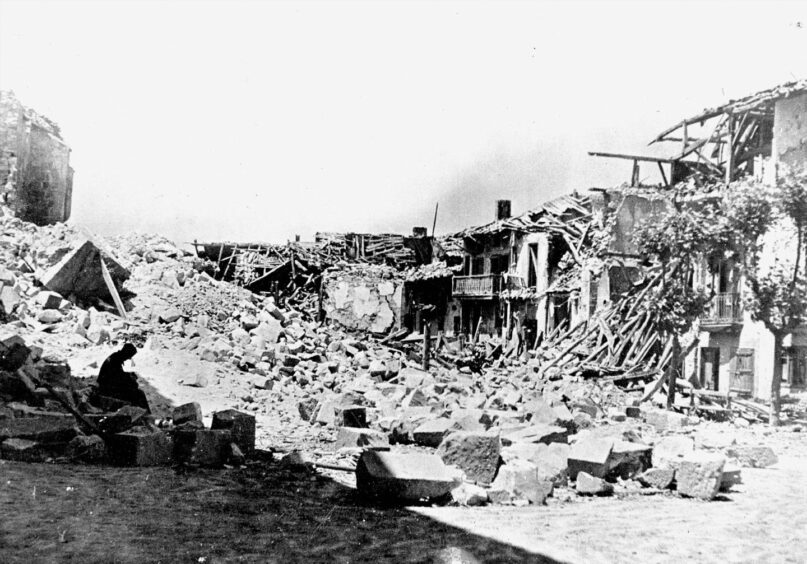
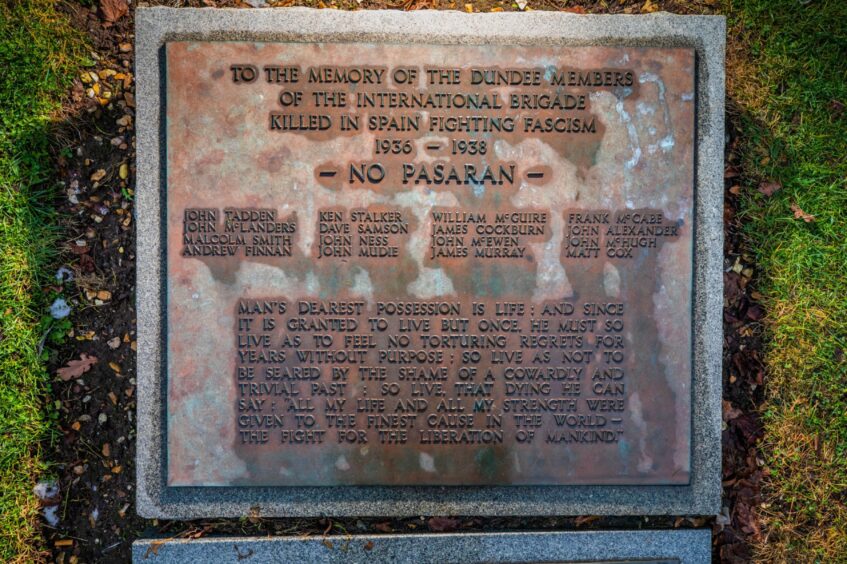
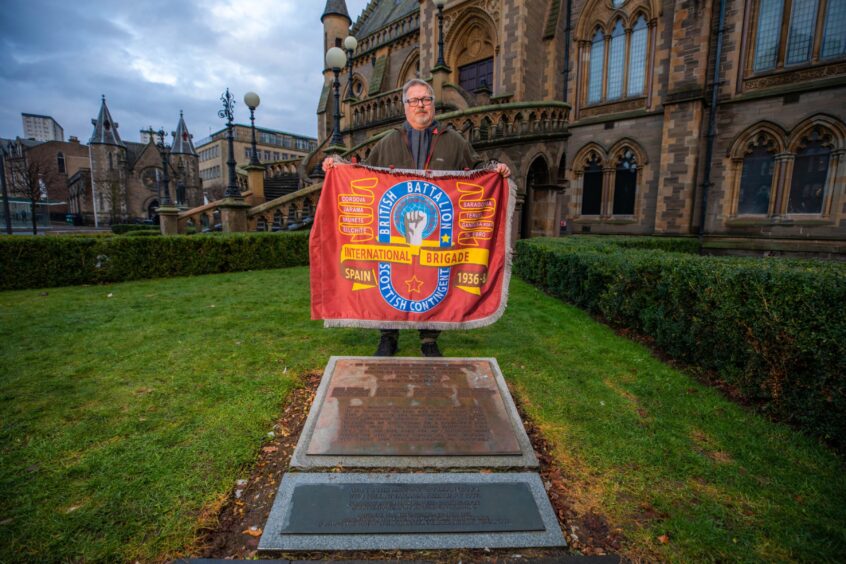
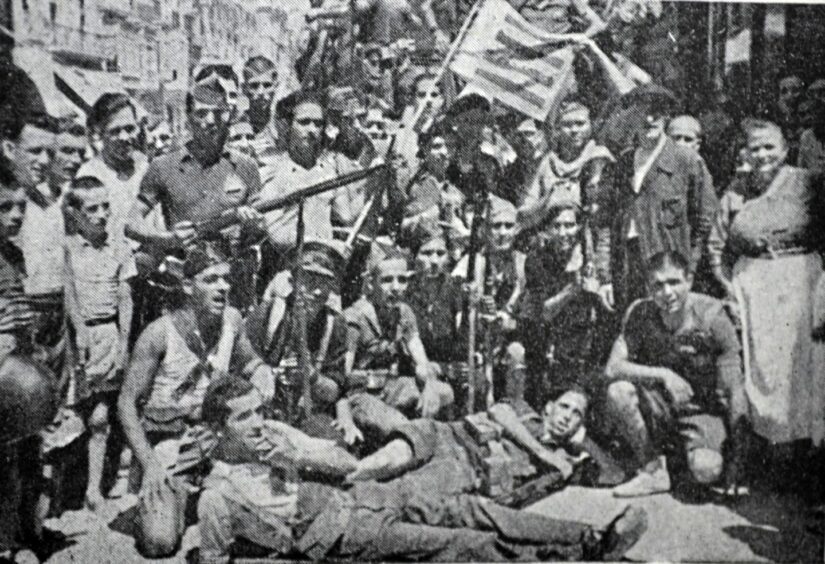
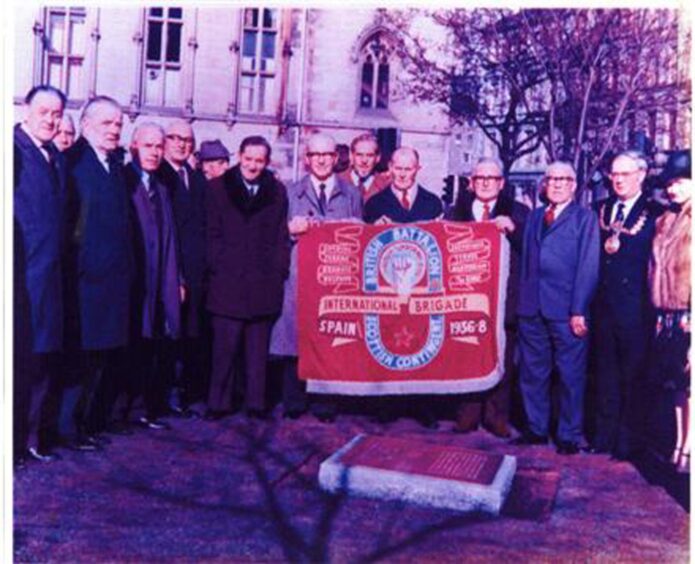










Conversation